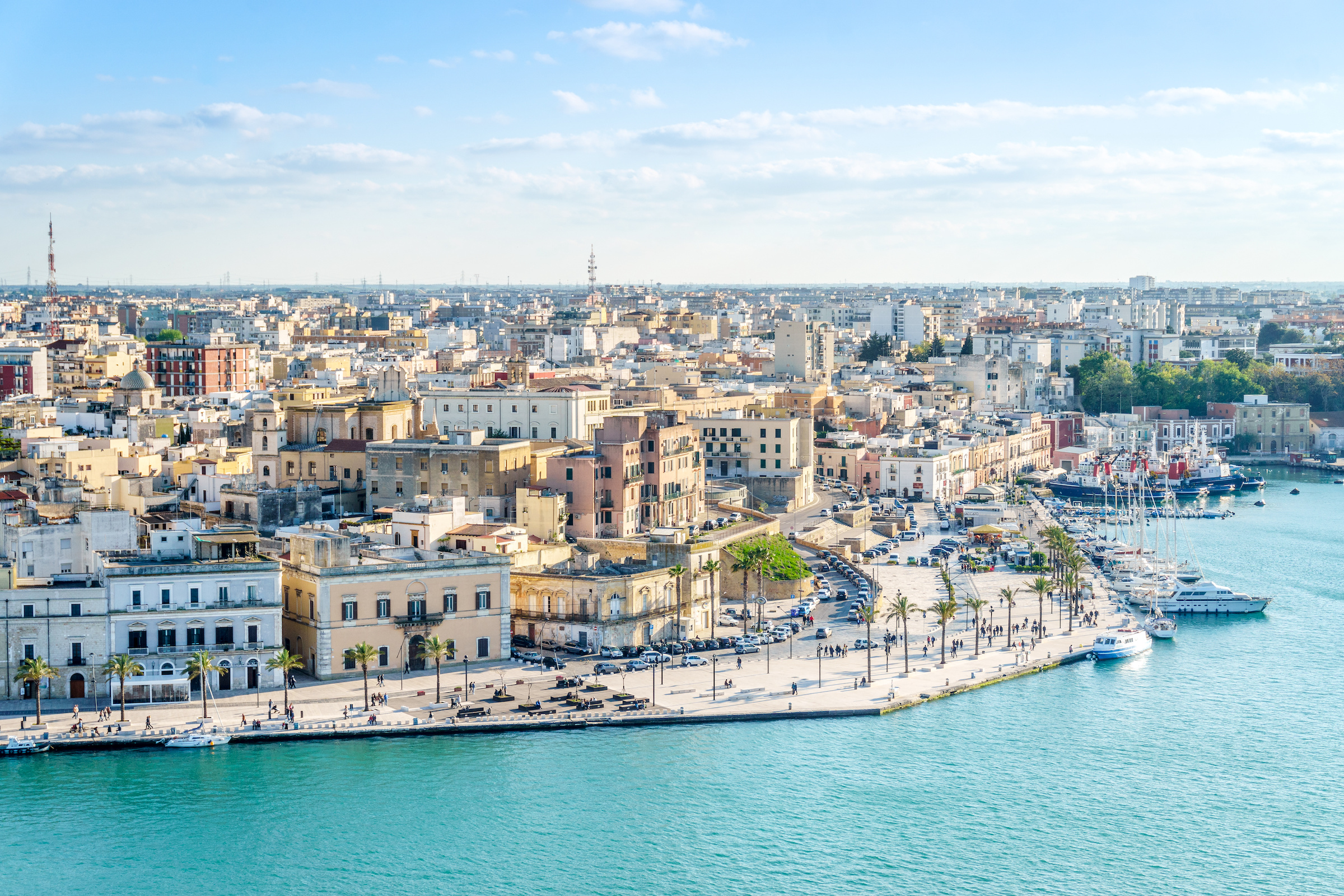In the shadow of the better-known Italian destinations lies Brindisi, a port city that deserves more attention than it often receives. Located in the south-easternmost tip of Italy in the region of Apulia, Brindisi can look back on a rich history dating back to ancient times.
Brindisi - a gateway to the Mediterranean
The city, which stretches along the Adriatic coast, was once a strategically important starting point for the Romans on their way east. The remains of the ancient Via Appia, which connected Rome with Brindisi, still bear witness to this historical importance today. The impressive Roman harbour basin, parts of which are still visible, served as a springboard for the Crusades and underlined Brindisi's role as a gateway to the Orient.
Brindisi experienced a turbulent history in the Middle Ages. The city was ruled by various powers such as the Normans, the Hohenstaufen and the Aragonese. Each of these rulers left their mark on the city's architecture and culture, from the Castello Svevo fortress built by Frederick II in the 13th century to the characteristic Romanesque churches.
In modern times, Brindisi developed into an important trading port. During the First World War, the city served as the headquarters of the Italian navy and as an important supply point for the Allies. Even today, the port is still a central element of the local economy with numerous ferry connections linking Italy with Greece and the Middle East.
However, Brindisi is not just a place of historical relics. The city is also a hub for the region's agriculture, particularly for wine and olive growing. The Puglia countryside, known for its red soil and ancient olive groves, offers ideal conditions for the production of high-quality olive oil and wine.
Brindisi is increasingly gaining a tourist profile. With a carefully renovated harbour district, cosy promenades and a variety of cafés and restaurants serving local specialties, the city offers a relaxed insight into the southern Italian way of life. Its proximity to other Puglia attractions, such as the baroque town of Lecce and the picturesque trulli of Alberobello, makes Brindisi an ideal base for exploring the region.
Sights in Brindisi
What is there to see in Brindisi? The most important attractions at a glance:
- The Roman harbor basin (Colonne Terminali della Via Appia): These ancient columns mark the end of the Via Appia and symbolize Brindisi's historical importance as an ancient gateway to the East. They stand picturesquely on the promenade and provide an insight into the engineering skills of the Romans.
- Castello Svevo (Swedish Castle or Castello Grande): Castello Svevo was built in the 13th century by Emperor Frederick II and is an example of medieval military architecture. Today you can visit the castle and gain an insight into the medieval history of the city.
- Temple of San Giovanni al Sepolcro: The Romanesque temple of the cross from the 11th century is known for its enigmatic engravings and a perfectly preserved Byzantine fresco. It is a testimony to the religious art and architecture of the region and attracts many visitors with its mysterious aura.
- The church of Santa Maria del Casale: built in the 13th century, it is famous for its remarkable frescoes depicting scenes from the Old and New Testaments. It is an outstanding example of Gothic architecture in Apulia.
- Museo Archeologico Provinciale Francesco Ribezzo: The museum houses an extensive collection of Roman, medieval and Greek finds that illustrate the cultural heritage of Brindisi. The coin and amphora collection in particular is a highlight for history buffs.
- The church of San Benedetto: It is a beautiful example of Baroque architecture with a richly decorated façade and an ornate interior. It represents the religious art that can be found in many of the city's buildings.
- Monumento al Marinaio d'Italia: This monumental cross honors Italian sailors and is a striking modern landmark of the city. From its platform, you have a sweeping view over the sea and the city.
- Lungomare Regina Margherita: This promenade is the heart of the city and offers a relaxing stroll with a view of the sea. It is lined with restaurants and cafés offering local specialties and is particularly popular at sunset.
- The harbor pier with the "Virgilio's Staircase" monument: it leads down to the sea and is named after the poet Virgil, who died in Brindisi. A popular place to watch the ships arriving and departing.
